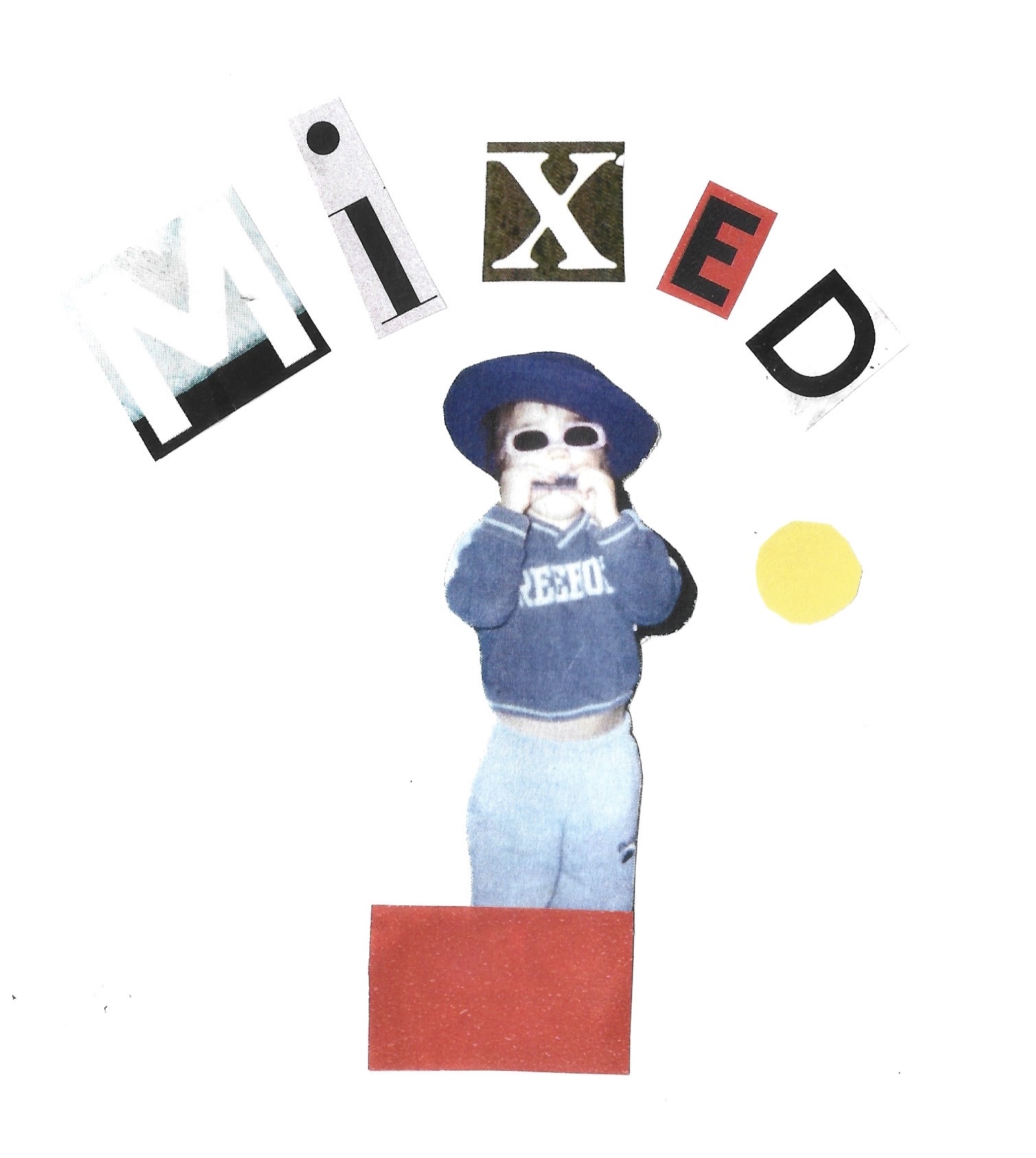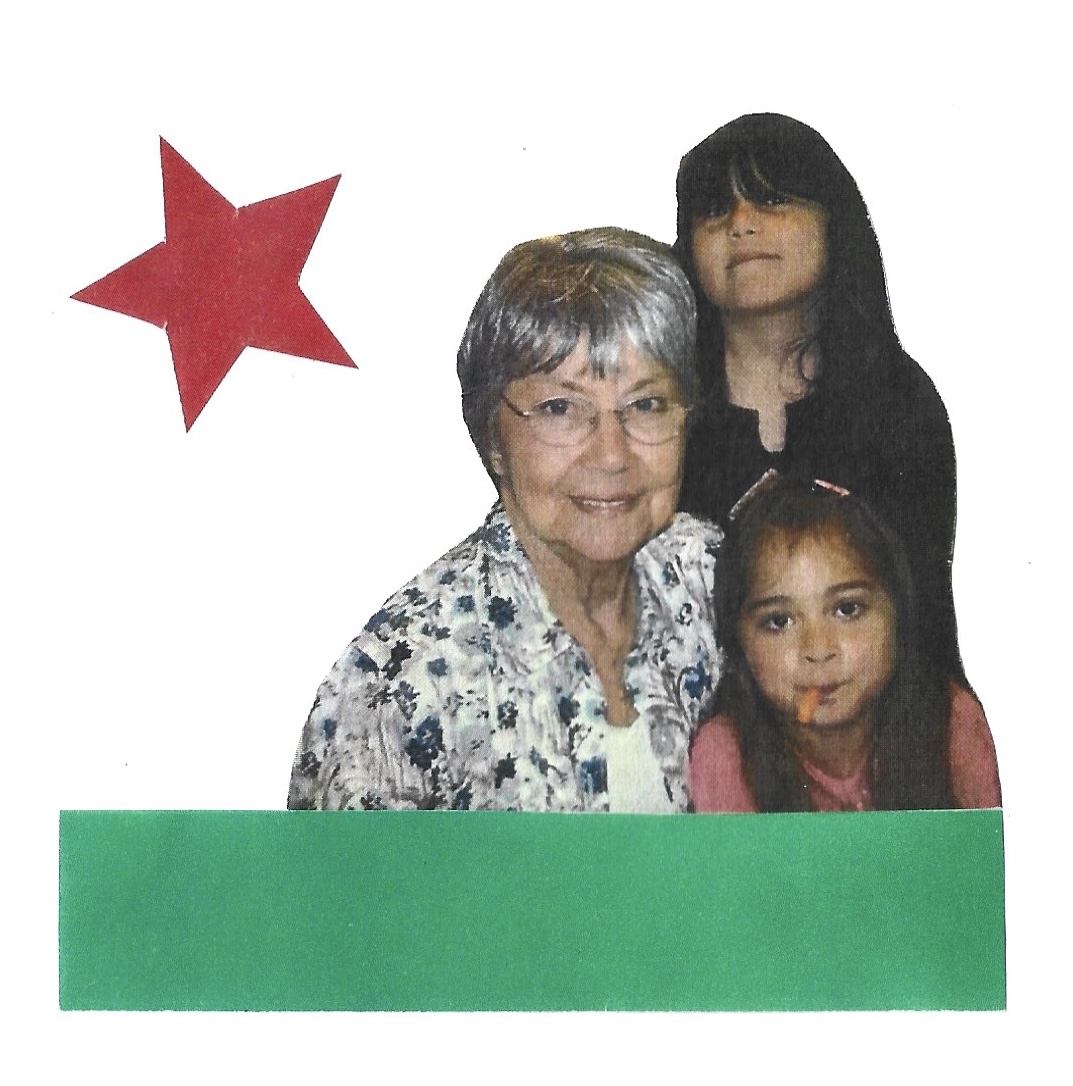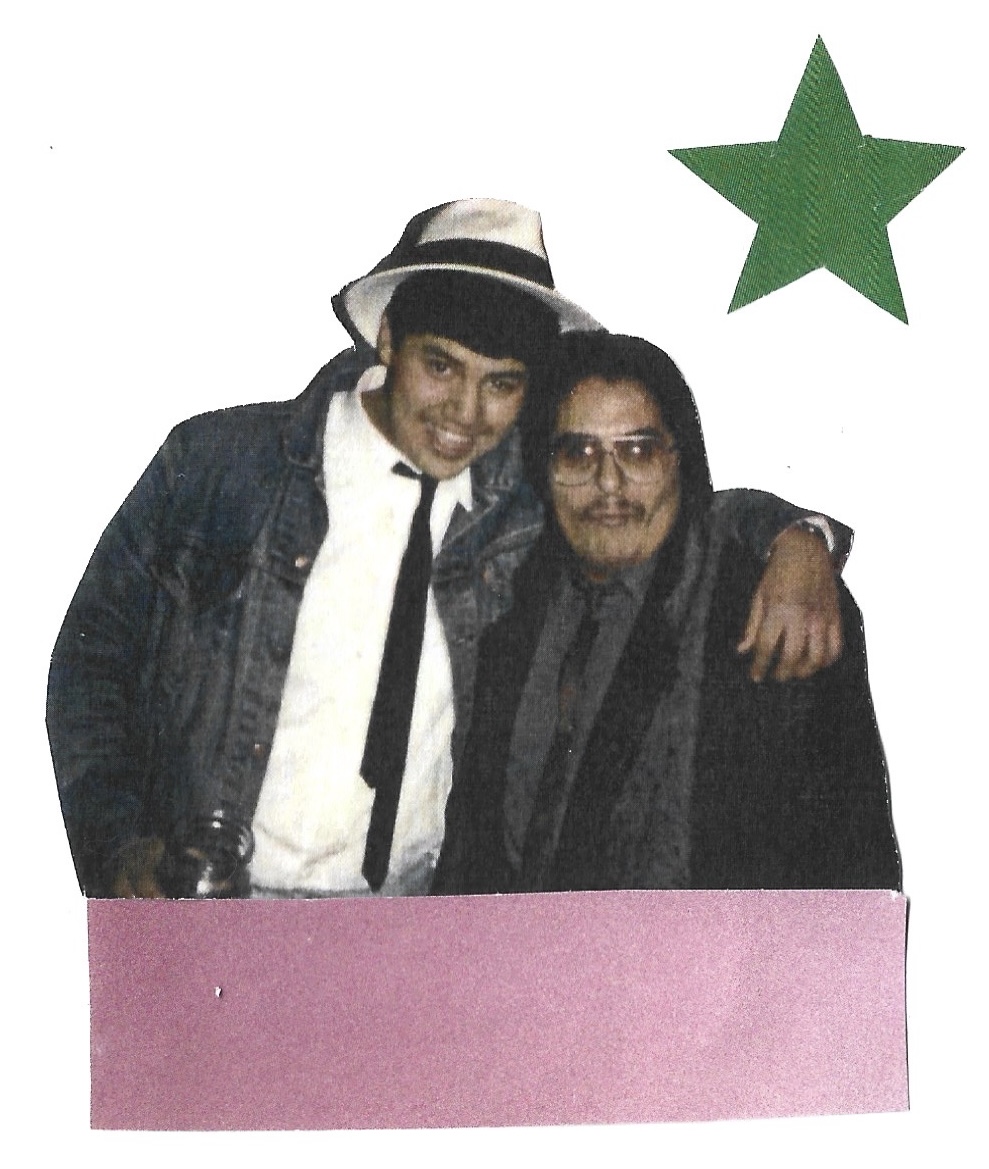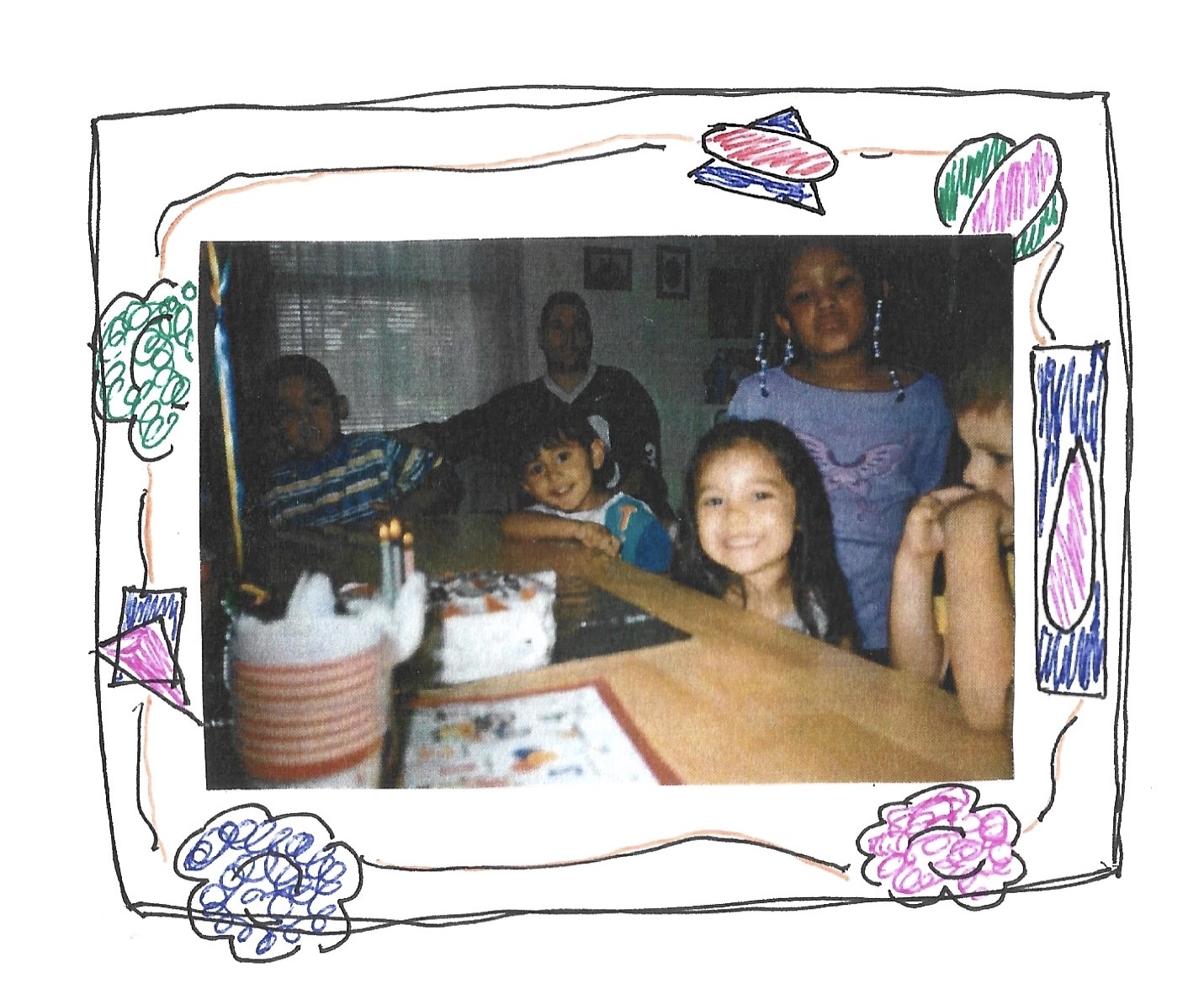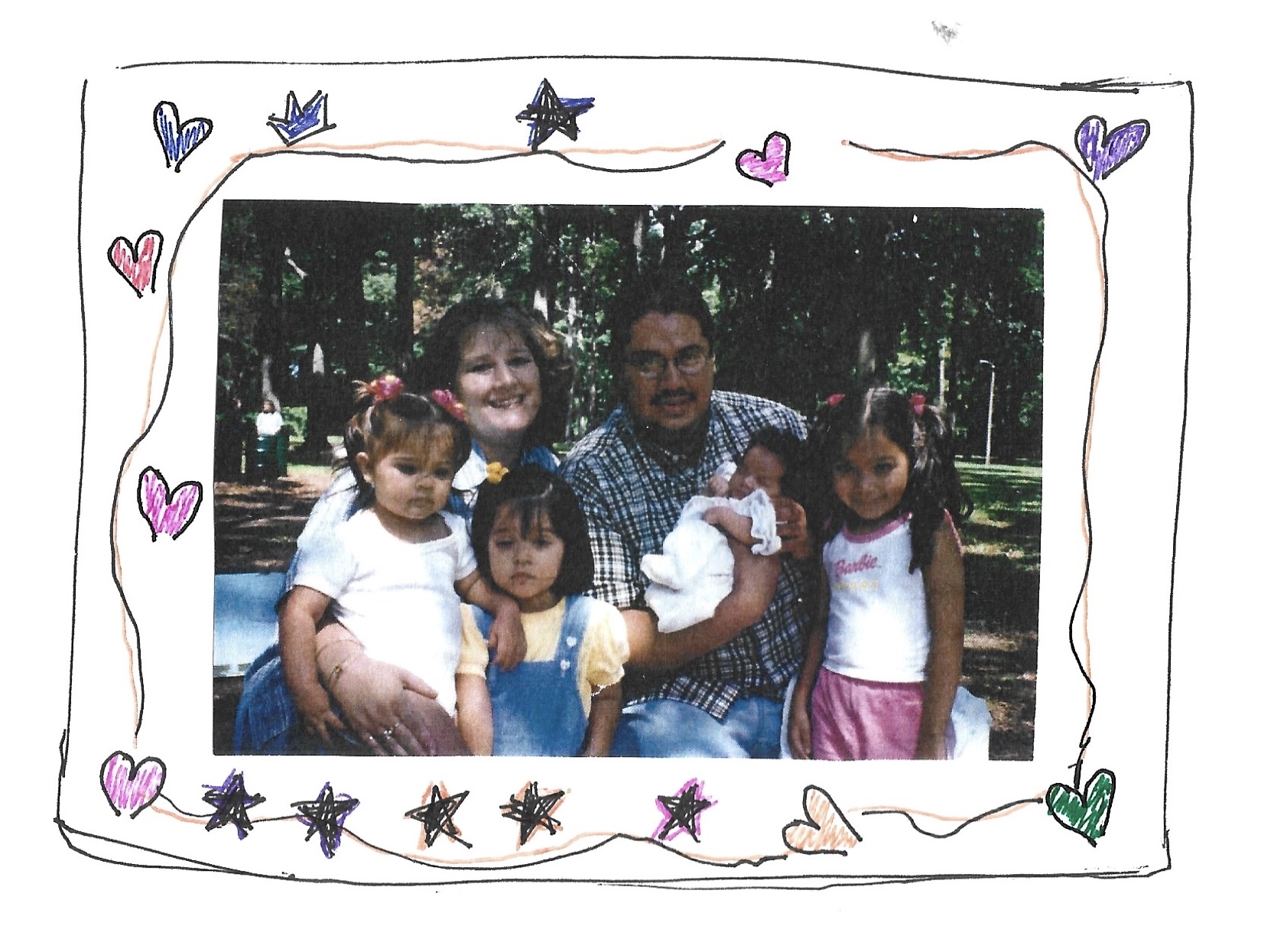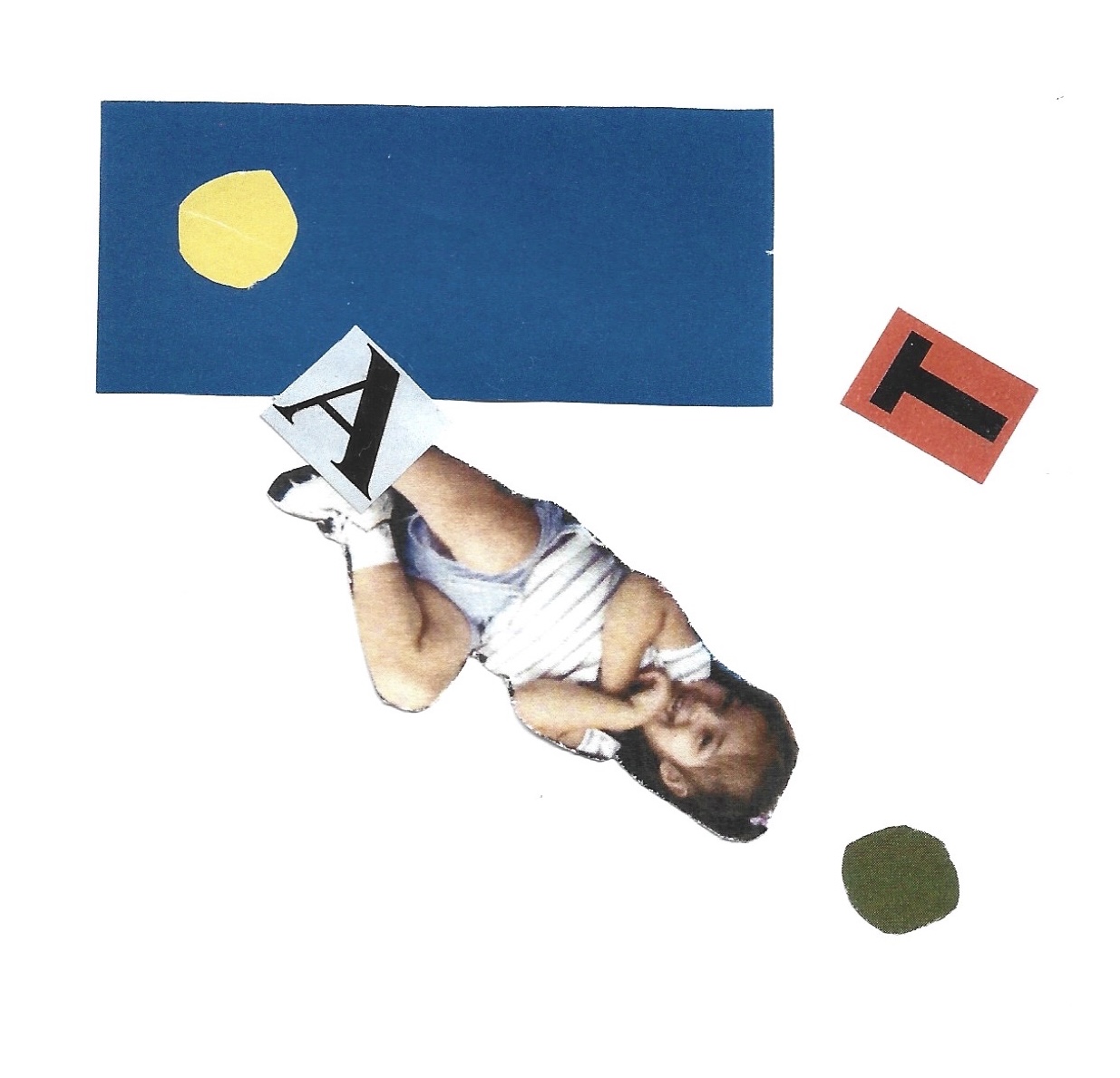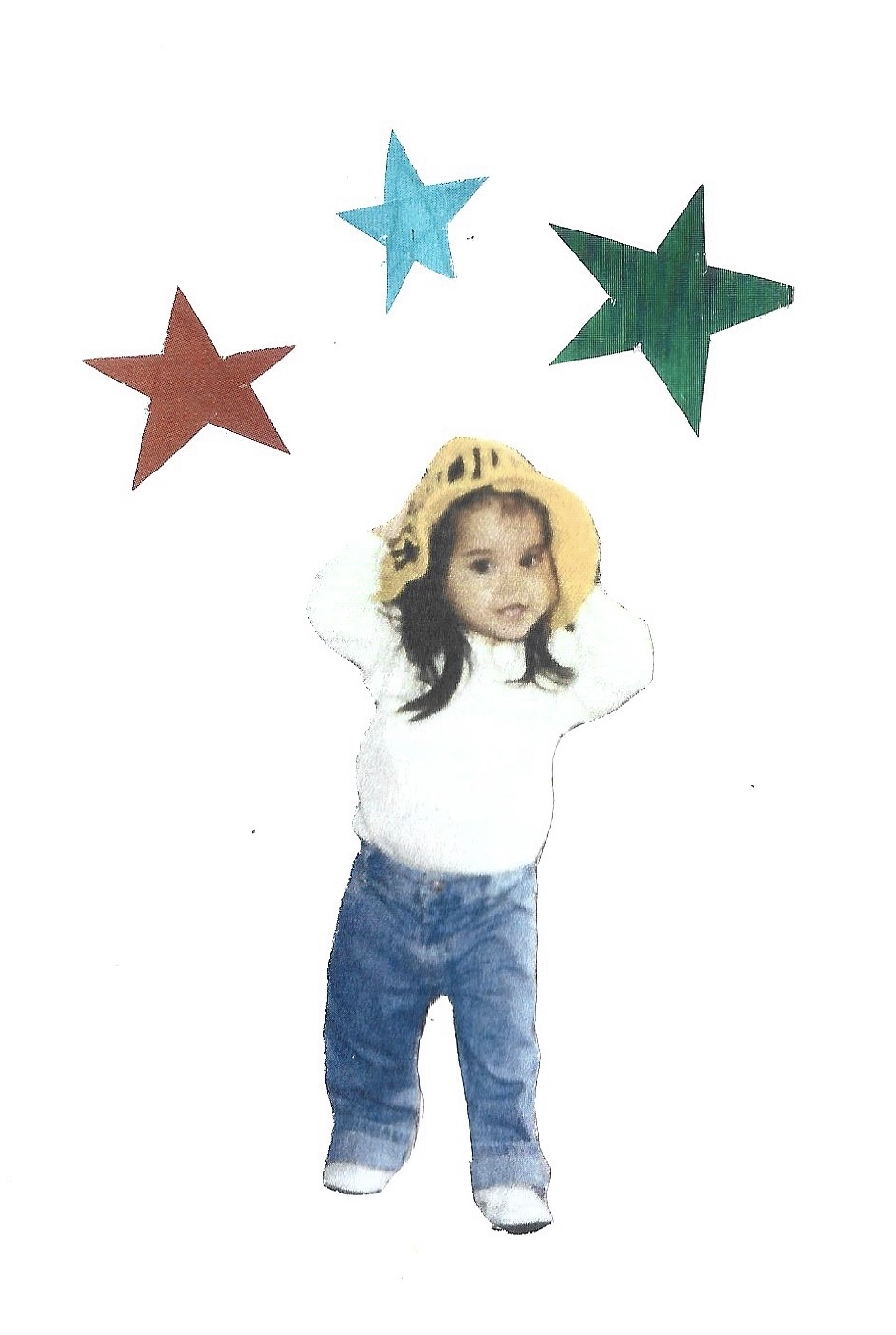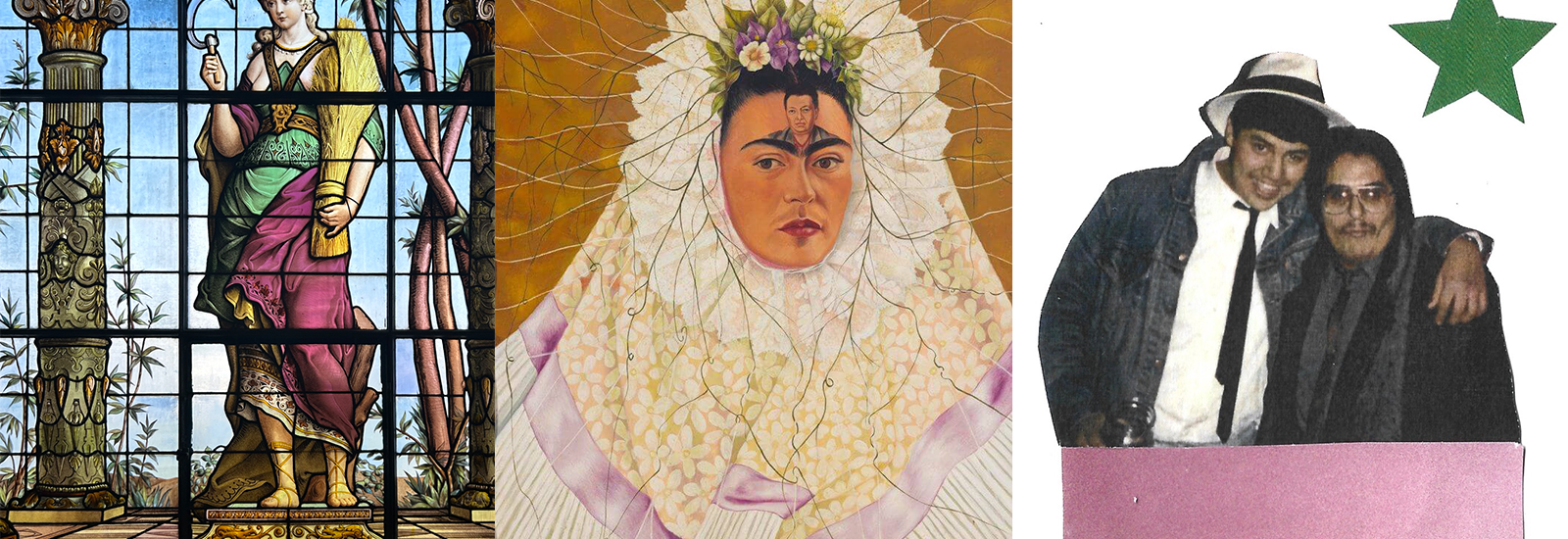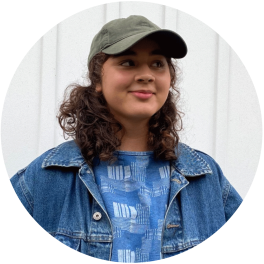
About the Author
AMADEA VILLANUEVA (SHE/HER)
Amadea Villanueva is an undergraduate fellow in the Global Arts and Humanities 2023-24 Society of Fellows cohort. She is pursuing a BFA with an emphasis in drawing and painting. Throughout her undergraduate career, Villanueva developed a passion advocating for a larger platform for Latine representation within the local and global artworlds. She also strives to create a community within the artworld relative to Columbus to help aid in the representation of people with multiple ethnic heritages.
Project Overview
The representation of Latine portraiture serves as the initial step toward social and political change by inserting Latine bodies into conversations around identity and systemic oppression in relation to social and economic spheres of life. Latine artists redefine, reimagine and reintegrate Latine visibility into history. This project, "Latine Representation as Social Change both in the Past and Present Artworld," explores the creation of Latine portraiture as Villanueva delves into crafting portraits rooted in her Mexican heritage. These portraits will be showcased at the Urban Art Space, a local art gallery in Columbus, Ohio.
History of Latine Portraiture
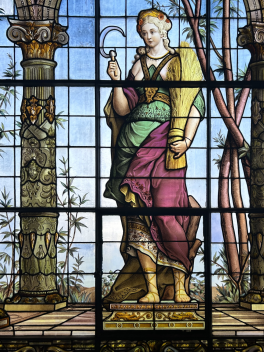
Latin American countries, each with their unique histories, share a common ground of experiences that connect them in many ways, particularly within the art world. Colonialization and the strive for rebuilding self-proclaimed identity tie modern Latine artists' work together. When we look further back, however, it is important to understand the role of portraiture throughout the history of Latin American artwork to comprehend self-proclaimed visibility versus visibility inscribed into history through the lens of power dynamics. It is important for Latine artists to reclaim visibility on their own terms, and by doing so, they keep Latin American culture alive. As a Latine artist living in the United States, I believe that it is important for my work to challenge negative stereotypes of Latin American culture that exist because of prejudices within society.
Latine portraiture has undergone many changes throughout history, from the pre-Columbian artwork that some might envision when thinking of historical artwork within Latin America. It is important to note that the pieces we now deem as "art" in themselves reflect a European perspective on Latin American culture. Many pre-Columbian objects that are now considered “artworks” would have been treated as the materials of everyday life. This calls into question the term "art," and it is important to note that the requirements that meet modern-day art standards still often fall under European influence.
It is also important to note that portraiture in Latin American artwork has almost always been politically charged. Following the Spanish conquest, we see a period of artwork influenced by European practices, yet also exhibiting elements of Latin culture. This is often true because during colonization, European methods of painting and visual representation were being taught to people of Latin descent. However, there were still moments when Latin culture seeped through into this taught European style of artwork. We can see this displayed in cathedrals and in texts that were copied and returned to Spain. Examples of this mixture of influences can be observed in stained glass portraiture during this period. For instance, one might notice that the design on a dress references Latin American textiles rather than European influences, or that footwear is portrayed as traditional Latin American footwear instead of European footwear. These are small moments of Latin American culture that were able to persist because of the Latine artist.
CAPTION: Artist Unknown, Commissioned by Porfirio Diaz, "Ceres," 1900
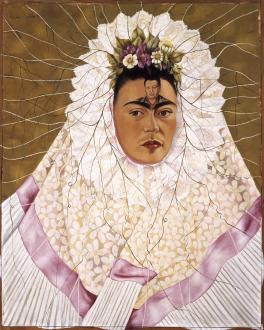
It is the Latine artist who has kept so much alive within Latin American culture. Modern Latine portraiture takes many forms in contemporary society; from Frida Kahlo to performance art, we see the Latine body placed in and leading radical art movements. Kahlo's art, ahead of its time, projects feminism in the art world while also representing disabled bodies. Her work places the Latine body front and center and experiments with gender identity and trauma, defining a "new version" of the Latine body in modern society.
Regina José Galindo, a more contemporary artist, also puts the Latine body in the spotlight. Her performance, "Who Can Erase the Traces?", follows the artist herself as she dips her feet in human blood and walks through Guatemala City. Her performance acts as political resistance to José Efraín Ríos Montt's run for presidency. Again, we see the Latine artist through a political lens, this time in a new medium, still reclaiming a narrative of a people whose voice has been underrepresented yet still exists and is displayed in a graceful act of resistance.
CAPTION: Frida Kahlo, "Self-Portrait as a Tehuana," 1943
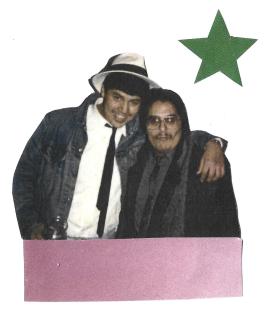
The portraits that I have been working on and that will be on display at Urban Art Space, an art gallery downtown Columbus, Ohio, from April 23 to May 4, 2024, will be centered around the Latine figure. I have been crafting a collection of collage-based works aimed at celebrating the Latine body as an act of resistance.
The collection of collages was originally made on a small scale using traditional collage techniques. Among these techniques were using clippings from magazines, repurposing materials into new shapes, and creating new compositions from these found materials. I chose to use bright colors and simple shapes to infuse my pieces with a celebratory quality. Additionally, I incorporated personal family photos to insert the Latine body into my collages. The collages have since been scaled up to exist in a larger format for display within the art gallery.
I am excited to have my work be a part of the local art world, to contribute to the conversation around Latine artwork, and to add to Latine representation within the fabric of our society. My act of resistance takes the form of celebrating the Latine body, and it is my dream of freedom that, especially within the context of the United States, my definition of Latine, which centers around celebration, will reclaim and redefine the negative stereotypes surrounding the Latine body.
- Dean, C. (n.d.). The trouble with (the term) art. https://files.bucknell.edu/Documents/GriotInstitute/DeanArticle.pdf
- Fernandez, L. B. (2001). An exporation and analysis of the sociological content in the art of Frida Kahlo: Mexican ethnic and cultural identity, feminism, the struggle of the disable and her political ideology (Master's thesis, California State University, Dominguez Hills).
- Global video part 2 - art21 magazine. Art21 Magazine - An online space for insightful writing on contemporary art and artists. (2008, November 2). https://magazine.art21.org/2008/11/01/global-video-part-2/
- Noriega, C. A., & López, A. M. (1996). The ethnic eye: Latino media arts. U of Minnesota Press.
GALLERY
Portraiture by Amadea Villanueva
